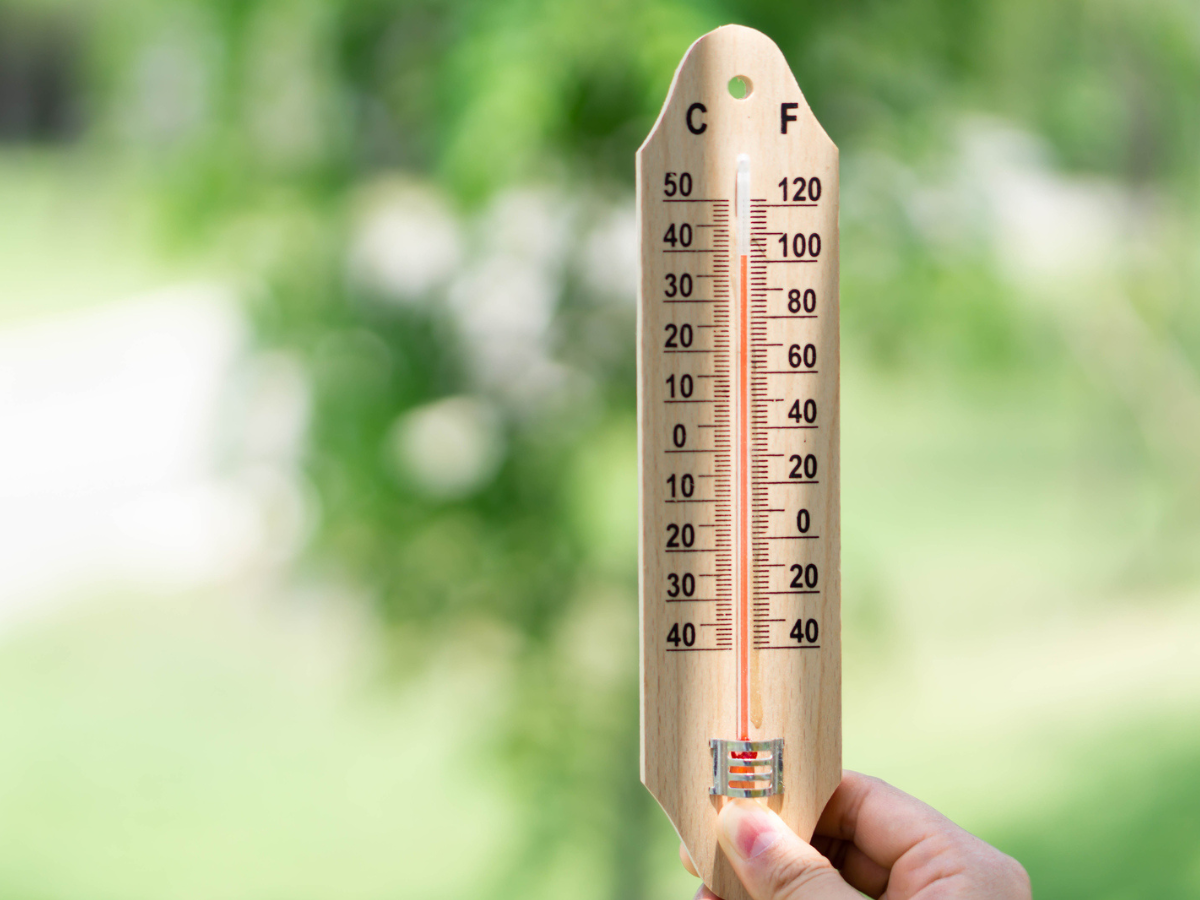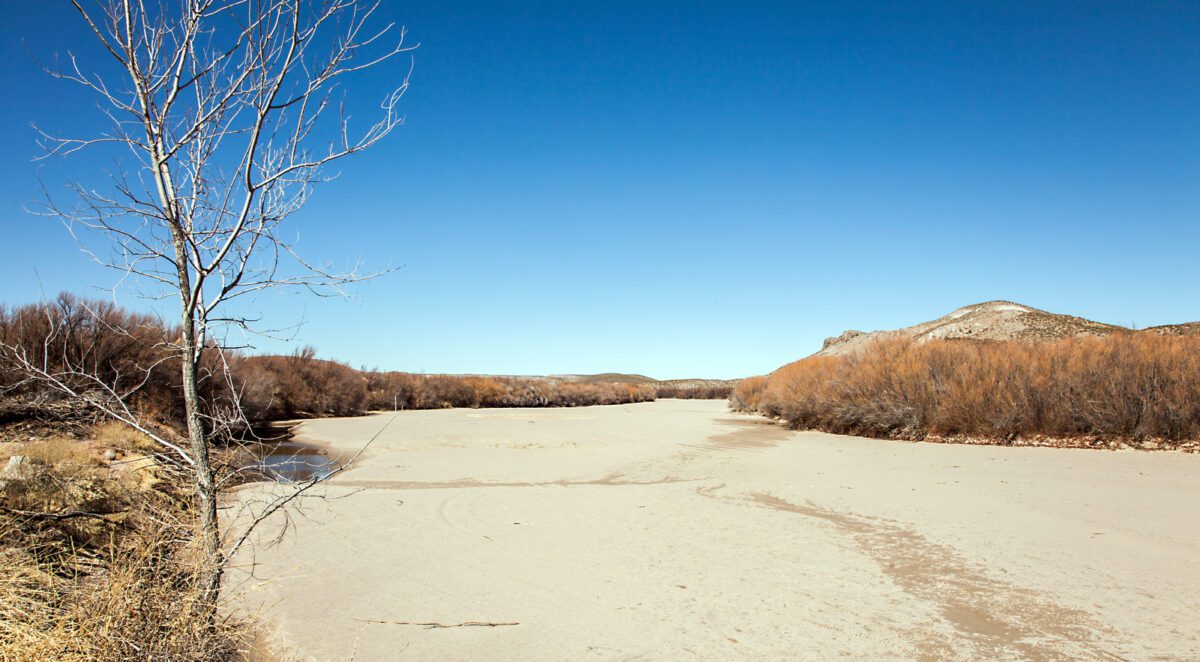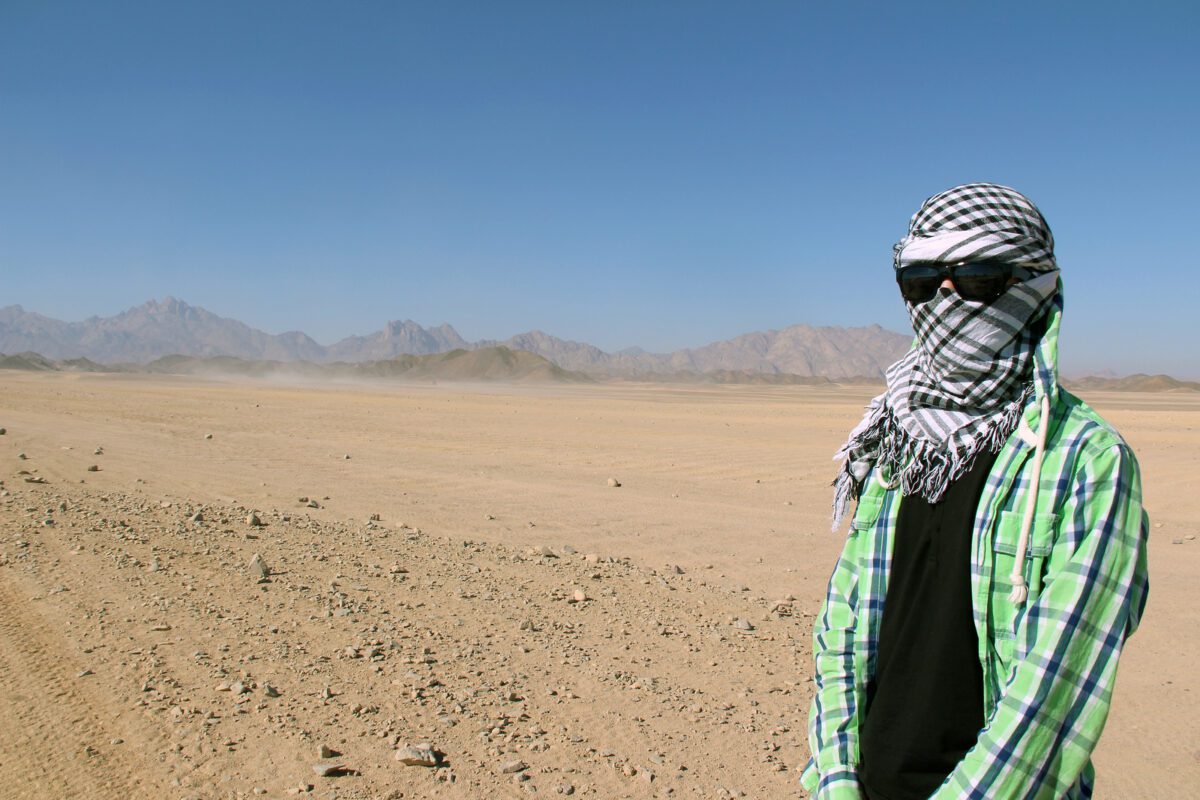Share the post "Surviving Texas Heat: What the Thermometer Doesn’t Tell You"
Texas is such a big state that its climate differs depending on your location. In the east, Texans experience a humid subtropical climate; in the center, it’s subtropical but with a little more rainfall; and in the western portion, the basin and plateau regions mean the weather can be unpredictable but with plenty of rain.
However, the one thing that all of Texas has in common is that it gets hot. Yes, there can be a little rain, and winters often get pretty cold, but summer is extremely hot, regardless of where you are. But how hot does it get in Texas? And what are the hottest parts? Let’s take a look.

How Hot Does It Get In Texas?
Summer is by far the hottest season in Texas; the heat can get unbearable in some places. The hottest parts are typically along the Gulf Coast or in the lowlands, both in the east of the state. In these areas, summer temperatures regularly exceed 100 degrees Fahrenheit.
Taking regular trips to the beach, lake, or swimming pool are essential summer activities in this part of the country. The Gulf and lowlands can also get very humid, sometimes making summer quite uncomfortable. In Texas, you can expect year-round sunshine pretty much everywhere.
The hottest months are June, July, and August, but soaring temperatures often extend into September. According to the experts at the Environmental Protection Agency, Texas is getting even hotter. It’s estimated that the Lone Star State temperature has increased by half to one degree Fahrenheit over the past 100 years.
How Hot Does Texas Get In The Summer?
Summers in Texas frequently get uncomfortably hot. Average highs usually float around the mid to high 80s but temperatures continually hit 90 degrees and beyond. And, the state often experiences heatwaves which can cause temperatures to push past the 100-degree mark.
In 2022, Texas experienced quite a severe heatwave that resulted in some record-breaking temperatures. During the summer, temperatures in northern Texas reached triple figures for 36 days in a row. And, areas around the Big Bend experienced 78 consecutive triple-digit days.
It’s fair to say that air conditioning is a necessity in the Lone Star State, whether you’re in your home, car, or office. And another thing worth noting is that extreme heat can cause electricity outages. So, you’ve got to be diligent with how you manage your power when the summer heat kicks in.

Hottest Parts
Different parts of Texas have been exposed to extreme temperatures over the years. However, regions that share the border with Mexico tend to be the hottest consistently. Laredo, in southern Texas, is generally considered the hottest place in Texas.
But, to give you a better idea of what parts of Texas can really turn up the heat, we’ve outlined the hottest temperatures ever recorded in the state and pinpointed exactly where the heat was felt. You might be surprised that record temperatures have occurred all around the state.
113° F – Dallas And Fort Worth
We’re all aware that Texas gets hot, especially during summer. In June, the average highs statewide are approximately 92, which can get quite uncomfortable if you’re outside for a long time. But, at the same time, it’s a manageable temperature.
However, on June 26th and 27th in 1980, the heat in the Dallas and Fort Worth region, soared way above the average. Locals endured two days of 113-degree weather. With those kinds of temperatures, outdoor activities can be dangerous as you expose yourself to heat stroke and dehydration.
In fact, Texas heat deaths have been a real issue. In 2022, Texas reported 306 deaths caused by heat-related issues which was the highest figure in over 10 years. So, if you’re in the hottest city in Texas right now, or just one of them, take precautions and stay hydrated.
114° F – Waco And El Paso
Summers in El Paso and Waco are known to get hot but temperatures usually stay below 100 degrees (thankfully). However, the fourth hottest temperature ever recorded in the state of Texas occurred in Waco and El Paso just over 30 years ago, on June 30th, 1994.
That day, locals felt the full force of 114 degrees blazing down on them. Interestingly, this temperature was recorded again in the same exact locations in 2018, tying the region’s record for its hottest day ever. So, if you’re ever in Waco or El Paso during the summer, be prepared.

116° F – Midland-Odessa
Midland-Odessa is a region in The Texas Plains located between El Paso and Fort Worth. It’s home to several cities, including Midland, Stanton, and Odessa, and has a population of approximately 340,000 people. As part of the Permian Basin, Midland-Odessa is known for its scorching summers.
Heatwaves are quite common in this part of the state and we often see consecutive days where temperatures eclipse 100 degrees. It’s one of the sunniest regions in Texas and experiences more sunshine than any other place, aside from El Paso. So, it comes as no surprise to hear it recorded the third-highest temperature in the state’s history.
According to the history books, June 1994 was a scorcher all around Texas. In Midland-Odessa, on June 27th, the temperature peaked at 116 degrees. Several nearby locations experienced extreme temperatures during this time also.
117° F – Wichita Falls
Much like 1994, 1980 was a year of extraordinary heat in Texas. Again, June was the hottest month. And, on the 28th, Wichita Falls hit a staggering 117 degrees. To make matters worse for locals, the heat lasted for several days, keeping people indoors for an entire weekend.
It’s worth noting that Wichita Falls is known as a hot city and it regularly reaches temperatures of 100 degrees or more for an entire month. The hottest time of the year is late June so if you’re arranging a trip to this beautiful city but don’t fancy a heat wave, plan accordingly.
120° F – Seymour and Monahans
87 years ago, in August 1936, the small city of Seymour in Baylor County set the record for the hottest day in Texas history when the temperature reached 120 degrees. Its subtropical climate means Seymour often experiences extreme temperatures, especially during the summer.
Monahans is fondly referred to as “Texas’s largest beach without an ocean”. It’s located in West Texas and on the outskirts of the city, there’s an enormous dune field that extends into New Mexico.
During the famous heatwave of 1994, Monahans registered a temperature of 120 degrees, matching the hottest temperature in Texas record set in Seymour.

Texas Temperature By Month
Because Texas is so big, the climate can differ vastly depending on where you are. So, rather than take the mean temperatures for the entire state, let’s explore the monthly temperatures according to the different and most popular regions.
West Texas – Average Annual Temperatures
Includes cities like El Paso, Odessa, Midland, Big Spring, and Lubbock.
| Month | Min (° F) | Max (° F) | Mean (° F) |
| January | 25 | 52 | 38.6 |
| February | 28 | 56 | 41.8 |
| March | 35 | 65 | 49.8 |
| April | 42 | 72 | 57.4 |
| May | 53 | 81 | 66.7 |
| June | 62 | 90 | 76.1 |
| July | 66 | 93 | 79.6 |
| August | 65 | 91 | 78.2 |
| September | 58 | 84 | 70.9 |
| October | 45 | 73 | 59.2 |
| November | 33 | 61 | 47.4 |
| December | 26 | 52 | 38.8 |
| Annual | 45 | 72.6 | 58.5 |
Southwest Texas – Average Annual Temperatures
Includes areas like the Persimmon Gap and Big Bend National Park.
| Month | Min (° F) | Max (° F) | Mean (° F) |
| January | 33 | 65 | 49 |
| February | 37 | 70 | 53.8 |
| March | 45 | 78 | 61.4 |
| April | 53 | 86 | 69.6 |
| May | 63 | 94 | 78.2 |
| June | 71 | 98 | 84.4 |
| July | 73 | 97 | 85 |
| August | 72 | 96 | 84.4 |
| September | 66 | 90 | 78.1 |
| October | 54 | 84 | 69.1 |
| November | 42 | 73 | 57.6 |
| December | 34 | 65 | 49.7 |
| Annual | 53.8 | 83.1 | 68.5 |
Central Texas – Average Annual Temperatures
Includes cities like Austin, Bryan, Waco, College Station, and Killeen.
| Month | Min (° F) | Max (° F) | Mean (° F) |
| January | 42 | 62 | 52.1 |
| February | 46 | 67 | 56.2 |
| March | 52 | 73 | 62.7 |
| April | 59 | 80 | 69.5 |
| May | 67 | 87 | 76.8 |
| June | 73 | 93 | 83 |
| July | 75 | 97 | 85.8 |
| August | 75 | 98 | 86.4 |
| September | 70 | 91 | 80.8 |
| October | 61 | 83 | 71.7 |
| November | 51 | 71 | 61 |
| December | 43 | 64 | 53.6 |
| Annual | 59.5 | 80.6 | 70 |
Southeast Texas – Average Annual Temperatures
Includes cities like Port Arthur, Galveston, Orange, and Beaumont.
| Month | Min (° F) | Max (° F) | Mean (° F) |
| January | 49 | 63 | 56 |
| February | 52 | 66 | 59.4 |
| March | 58 | 72 | 65.2 |
| April | 65 | 78 | 71.5 |
| May | 72 | 84 | 78.2 |
| June | 78 | 89 | 83.8 |
| July | 80 | 91 | 85.5 |
| August | 80 | 92 | 85.9 |
| September | 76 | 89 | 82.4 |
| October | 69 | 82 | 75.3 |
| November | 59 | 72 | 65.5 |
| December | 52 | 65 | 58.6 |
| Annual | 65.9 | 78.8 | 72.5 |
South Texas – Average Annual Temperatures
Includes cities like Laredo, San Antonio, Corpus Christi, and Brownsville.
| Month | Min (° F) | Max (° F) | Mean (° F) |
| January | 47 | 68 | 57.6 |
| February | 52 | 74 | 62.8 |
| March | 58 | 81 | 69.5 |
| April | 65 | 88 | 76.6 |
| May | 71 | 94 | 82.8 |
| June | 76 | 99 | 87.6 |
| July | 77 | 100 | 88.7 |
| August | 77 | 101 | 89.1 |
| September | 73 | 94 | 83.6 |
| October | 66 | 87 | 76.5 |
| November | 56 | 76 | 66 |
| December | 48 | 69 | 58.5 |
| Annual | 63.9 | 86.1 | 75 |
References
- Texas temperature increase: epa.gov
- Texas heatwave statistics: saveonenergy.com
- Texas heat-related deaths: axios.com
- Sunshine days: currentresults.com
- Texas monthly temperatures: climatestotravel.com
Share the post "Surviving Texas Heat: What the Thermometer Doesn’t Tell You"
Christian Linden is a seasoned writer and contributor at Texas View, specializing in topics that resonate with the Texan community. With over a decade of experience in journalism, Christian brings a wealth of knowledge in local politics, culture, and lifestyle. He holds a Bachelor's degree in Communications from the University of Texas. When he's not writing, Christian enjoys spending weekends traveling across Texas with his family, exploring everything from bustling cities to serene landscapes.











